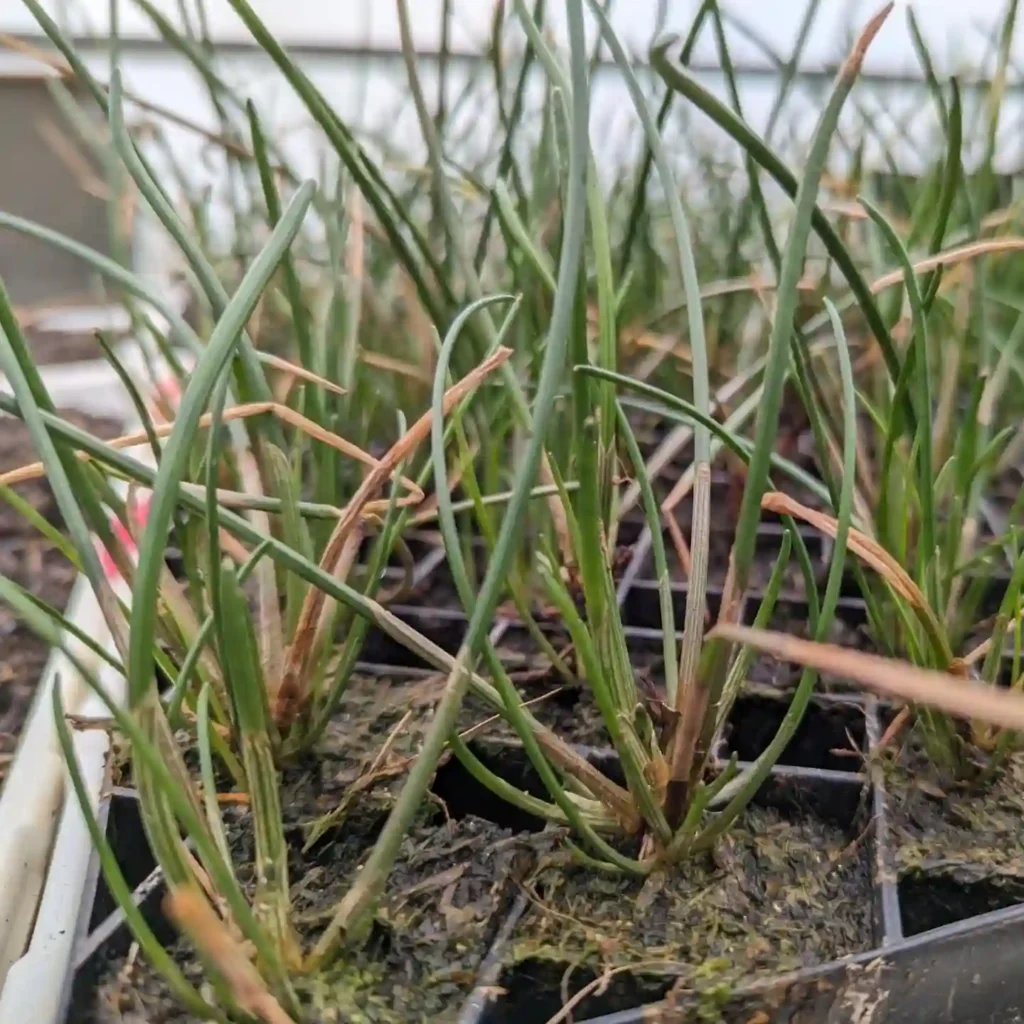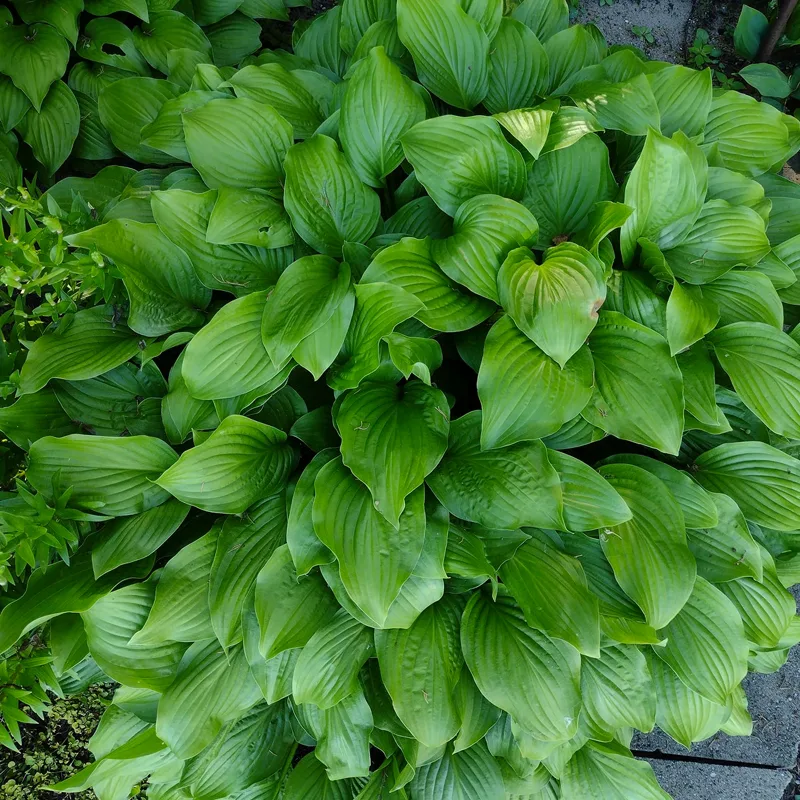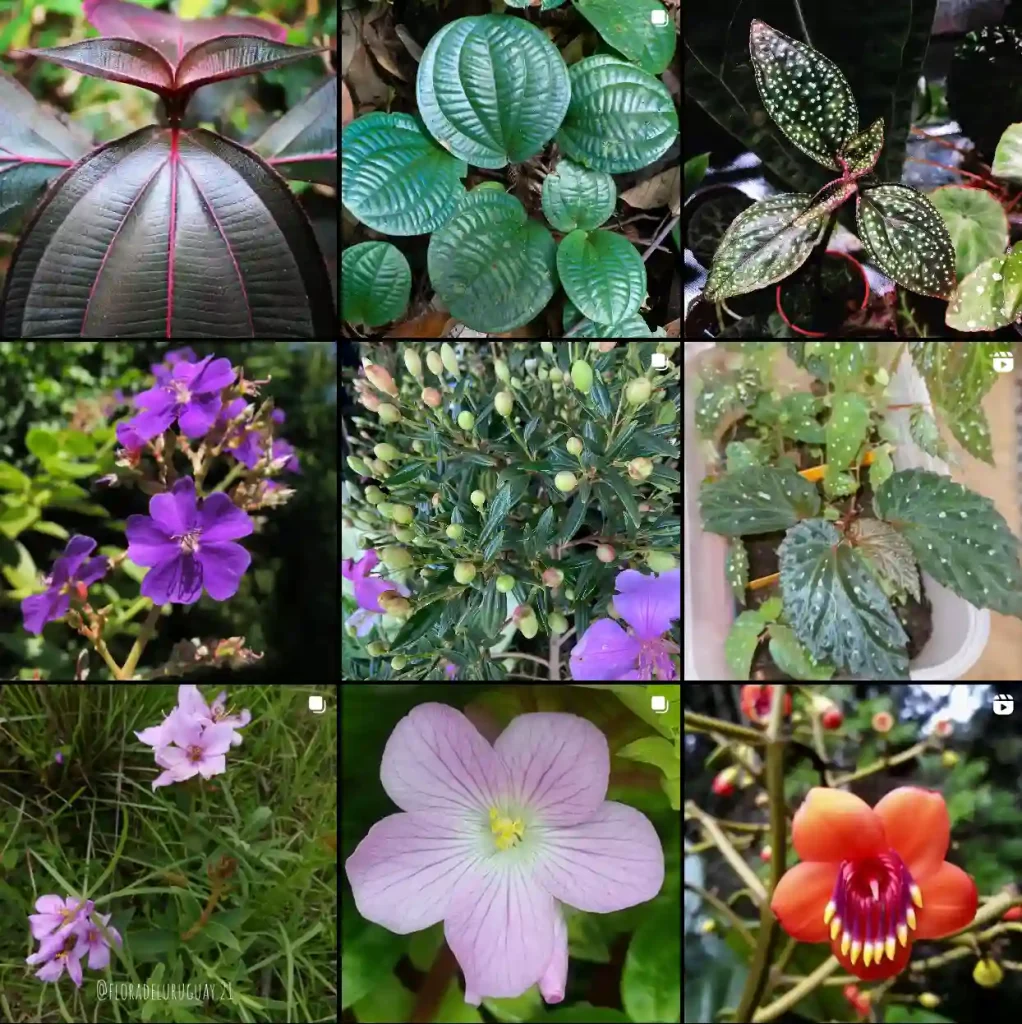Croton Monanthogynus: Your Essential Guide
If you’re diving into the world of unique and striking plants, Croton Monanthogynus should definitely be on your radar. This plant is known for its vibrant foliage and relatively easy care. Here’s a comprehensive guide to help you understand and manage this plant.
1123 Species in Genus Croton
What is Croton Monanthogynus?
Croton Monanthogynus is a captivating member of the Euphorbiaceae family. Native to tropical regions, it’s admired for its glossy, multi-colored leaves. The leaves can display a variety of colors, including shades of green, yellow, and red, often in striking patterns. This plant adds a splash of color to any garden or indoor space.
How to Care for Croton Monanthogynus?
Light Requirements
Croton Monanthogynus thrives in bright, indirect light. It’s important to avoid direct sunlight, as it can scorch the leaves. If growing indoors, place it near a window where it can receive ample light but not the harsh midday sun.
Watering
Watering needs for Croton Monanthogynus are relatively straightforward. Keep the soil consistently moist but not soggy. Overwatering can lead to root rot, while underwatering can cause leaf drop. I find that watering when the top inch of soil feels dry is a good rule of thumb.
Soil
A well-draining soil mix is essential. I prefer a mix that includes peat, perlite, and pine bark. This ensures good aeration and prevents waterlogging.
Temperature and Humidity
This plant prefers warm temperatures between 60-85°F (15-29°C). It’s sensitive to cold drafts and sudden temperature changes. For humidity, maintaining a level above 50% is beneficial. In drier climates or indoors with central heating, a humidity tray or occasional misting can help.
How to Propagate Croton Monanthogynus?
Propagation by Cuttings
The easiest way to propagate Croton Monanthogynus is through stem cuttings. Here’s how I do it:
- Select a healthy stem: Choose a stem that’s at least 4-6 inches long and has a few leaves.
- Prepare the cutting: Remove the lower leaves and dip the cut end in rooting hormone.
- Plant the cutting: Place it in a pot with a well-draining mix and water lightly.
- Create a humid environment: Cover the pot with a plastic bag or a mini greenhouse to maintain humidity.
Within a few weeks, the cutting should develop roots. Once established, you can transplant it into a larger pot or directly into your garden.
What to Plant With Croton Monanthogynus?
Croton Monanthogynus pairs well with other tropical plants that enjoy similar conditions. Here are a few companions I’ve had success with:
- Coleus: Their vibrant colors complement Croton Monanthogynus beautifully.
- Philodendron: Adds a lush, green backdrop that highlights the croton’s colors.
- Bromeliads: Their unique forms and bright colors create a stunning contrast.
Benefits of Croton Monanthogynus
One of the main benefits of Croton Monanthogynus is its ability to brighten up any space with its colorful foliage. It’s a hardy plant that can adapt well to indoor environments, making it a versatile choice for home decor. Additionally, its air-purifying qualities contribute to a healthier living environment.
Toxicity Concerns
It’s important to be aware that Croton Monanthogynus is toxic if ingested. The plant contains compounds that can cause irritation or more severe reactions in pets and children. I always ensure that my plants are kept out of reach of pets and small children to avoid any accidents.
Common Problems and Solutions
Leaf Drop
One common issue is leaf drop, which can be caused by underwatering, overwatering, or sudden environmental changes. If you notice leaves falling off, check the soil moisture and adjust watering accordingly. Also, ensure that the plant is not exposed to drafts or drastic temperature changes.
Pests
Croton Monanthogynus can attract pests like spider mites, aphids, and mealybugs. Regularly inspect the plant and treat infestations promptly with insecticidal soap or neem oil. Keeping the plant healthy and well-maintained helps minimize pest issues.
Compare with Other Similar Plants
Croton Petra vs Croton Monanthogynus
Croton Petra is another popular variety, known for its larger, more pronounced leaves and varied color patterns. Unlike Croton Monanthogynus, Petra requires slightly more humidity and can be more demanding in terms of light conditions. If you’re choosing between the two, Petra might be better suited for more experienced plant enthusiasts who can provide the extra care it needs.
Croton Codiaeum vs Croton Monanthogynus
Croton Codiaeum, often referred to as the Croton plant, is a broader category that includes many types with diverse leaf shapes and colors. Croton Monanthogynus is a specific type with unique characteristics. If you’re after something specific in terms of leaf patterns and care requirements, Monanthogynus might be the better choice compared to the more generalized Croton Codiaeum.
In conclusion, Croton Monanthogynus is a stunning and manageable plant that can add a burst of color and life to your space. With proper care and attention, it can thrive and provide beauty and enjoyment for years to come.
If i die, water my plants!



